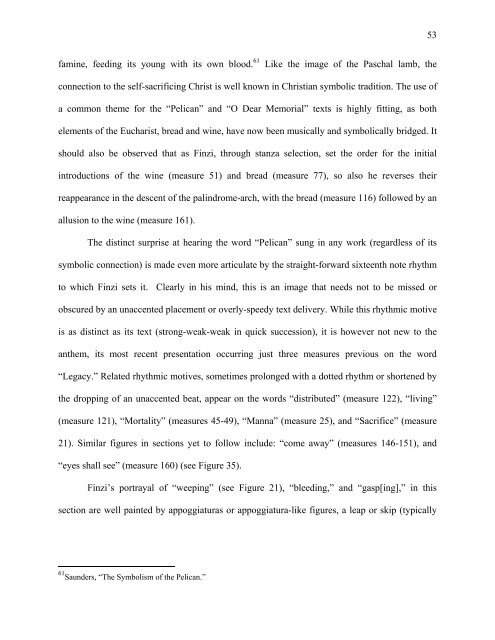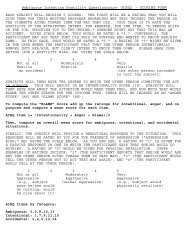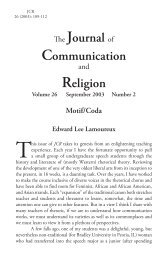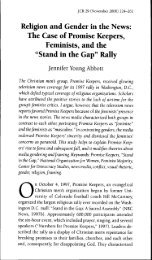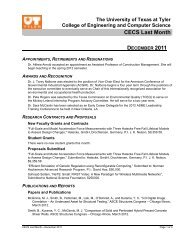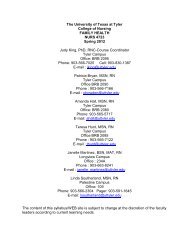"History, Analysis and Performance Considerations of Gerald Finzi's ...
"History, Analysis and Performance Considerations of Gerald Finzi's ...
"History, Analysis and Performance Considerations of Gerald Finzi's ...
Create successful ePaper yourself
Turn your PDF publications into a flip-book with our unique Google optimized e-Paper software.
53famine, feeding its young with its own blood. 61Like the image <strong>of</strong> the Paschal lamb, theconnection to the self-sacrificing Christ is well known in Christian symbolic tradition. The use <strong>of</strong>a common theme for the “Pelican” <strong>and</strong> “O Dear Memorial” texts is highly fitting, as bothelements <strong>of</strong> the Eucharist, bread <strong>and</strong> wine, have now been musically <strong>and</strong> symbolically bridged. Itshould also be observed that as Finzi, through stanza selection, set the order for the initialintroductions <strong>of</strong> the wine (measure 51) <strong>and</strong> bread (measure 77), so also he reverses theirreappearance in the descent <strong>of</strong> the palindrome-arch, with the bread (measure 116) followed by anallusion to the wine (measure 161).The distinct surprise at hearing the word “Pelican” sung in any work (regardless <strong>of</strong> itssymbolic connection) is made even more articulate by the straight-forward sixteenth note rhythmto which Finzi sets it. Clearly in his mind, this is an image that needs not to be missed orobscured by an unaccented placement or overly-speedy text delivery. While this rhythmic motiveis as distinct as its text (strong-weak-weak in quick succession), it is however not new to theanthem, its most recent presentation occurring just three measures previous on the word“Legacy.” Related rhythmic motives, sometimes prolonged with a dotted rhythm or shortened bythe dropping <strong>of</strong> an unaccented beat, appear on the words “distributed” (measure 122), “living”(measure 121), “Mortality” (measures 45-49), “Manna” (measure 25), <strong>and</strong> “Sacrifice” (measure21). Similar figures in sections yet to follow include: “come away” (measures 146-151), <strong>and</strong>“eyes shall see” (measure 160) (see Figure 35).Finzi’s portrayal <strong>of</strong> “weeping” (see Figure 21), “bleeding,” <strong>and</strong> “gasp[ing],” in thissection are well painted by appoggiaturas or appoggiatura-like figures, a leap or skip (typically61 Saunders, “The Symbolism <strong>of</strong> the Pelican.”


